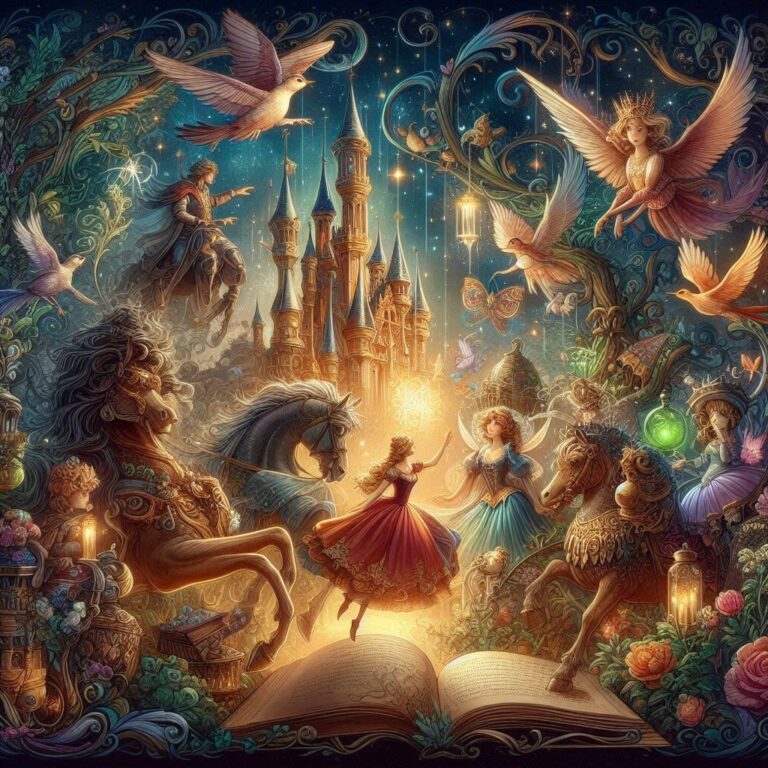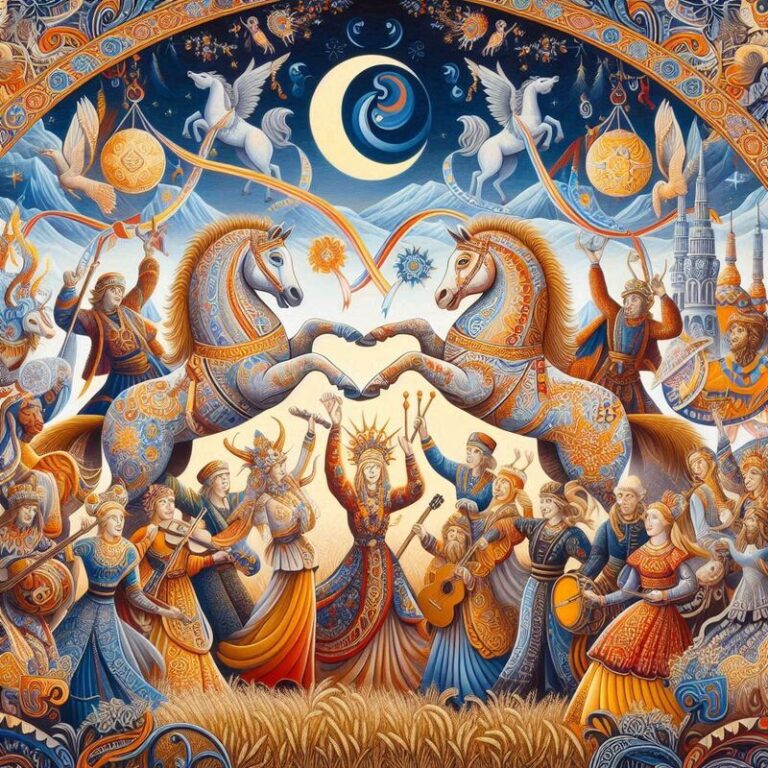The Transformative Power of Fairy Tales
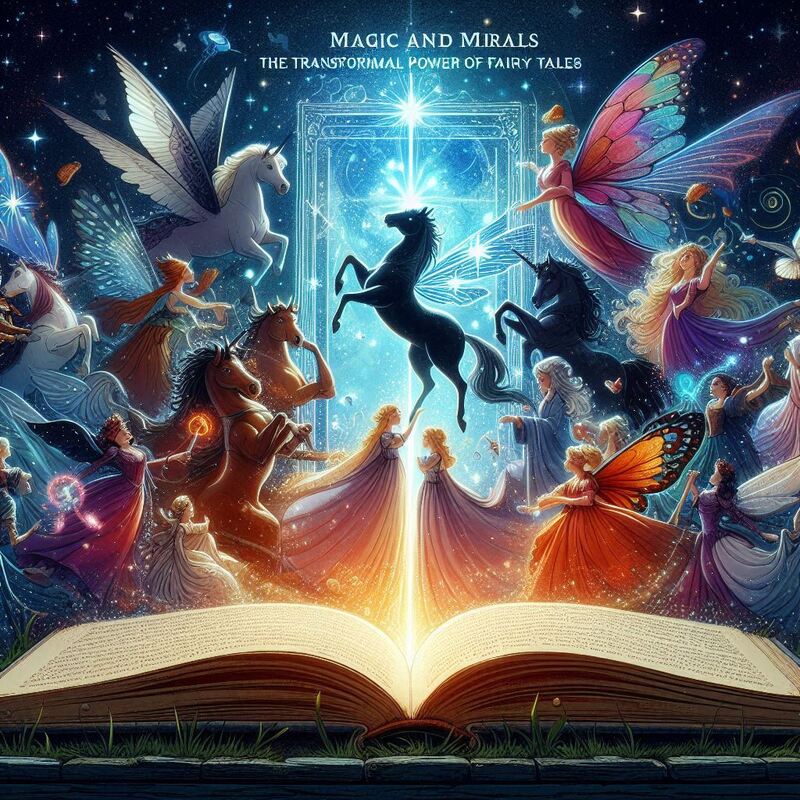
The Transformative Power of Fairy Tales
Magic and Morals: The Transformative Power of Fairy Tales
Fairy tales have long enchanted audiences with their magical realms, fantastical creatures, and extraordinary adventures. Beyond their captivating narratives, these stories possess a profound ability to impart moral lessons and inspire personal transformation. The fusion of magic and morals within fairy tales creates a powerful vehicle for conveying ethical principles, fostering imagination, and encouraging growth. This article delves into the transformative power of fairy tales, exploring how they shape our understanding of morality, influence personal development, and retain their relevance in the modern world.
The Moral Framework of Fairy Tales
The Transformative Power of Fairy Tales
Fairy tales often present a clear moral framework, where characters’ actions and their consequences are vividly illustrated. The tales are populated with archetypal figures such as heroes, villains, and wise mentors, each representing specific virtues or vices. Through their journeys and trials, these characters demonstrate the importance of values such as honesty, kindness, bravery, and perseverance.
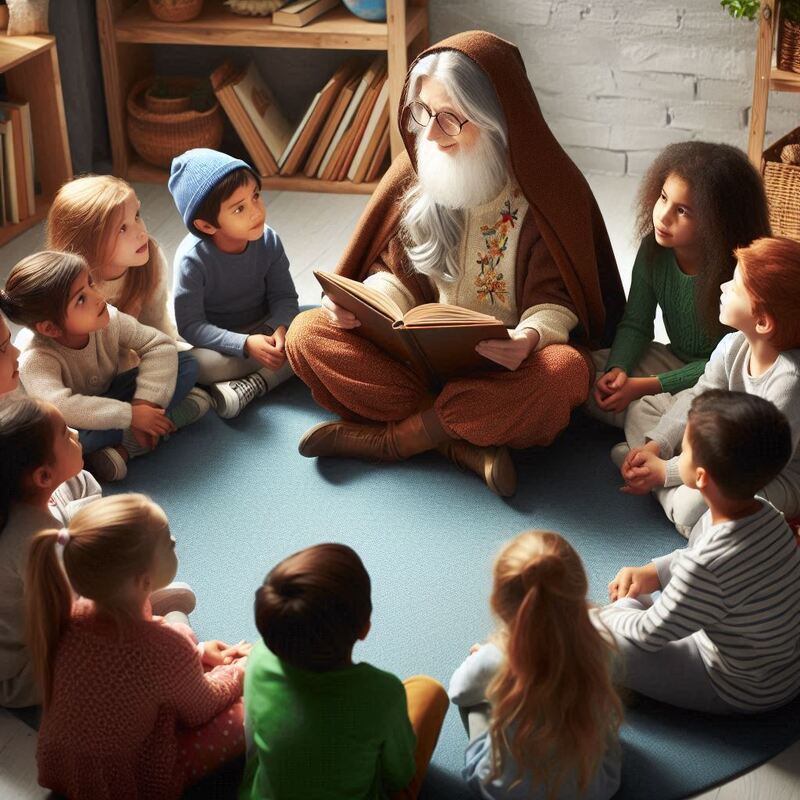
For example, in “Snow White,” the titular character’s purity and kindness stand in stark contrast to the evil queen’s vanity and malice. Snow White’s ultimate triumph and the queen’s downfall reinforce the idea that virtue is rewarded, while vice is punished. Similarly, “The Little Mermaid” by Hans Christian Andersen teaches the importance of self-sacrifice and the complexities of love and desire.
These moral lessons are often conveyed in a straightforward and memorable manner, making them accessible to readers of all ages. By presenting ethical dilemmas and their resolutions within a magical context, fairy tales provide a framework for understanding and internalizing moral values.
Personal Transformation Through Fairy Tales
The Transformative Power of Fairy Tales
Fairy tales frequently center around characters who undergo significant personal transformation. These narratives often follow the hero’s journey, a universal story arc that involves departure, initiation, and return. Through this journey, characters grow and evolve, overcoming obstacles and learning valuable lessons.
Consider the tale of “Beauty and the Beast,” where Beauty’s journey from fear and prejudice to understanding and love symbolizes the transformative power of empathy and inner beauty. The Beast’s metamorphosis from a cursed prince to his true form underscores the idea that true change comes from within and that love and acceptance can lead to profound transformation.

In “The Ugly Duckling,” another of Andersen’s tales, the protagonist’s journey from rejection and isolation to self-acceptance and recognition highlights the themes of personal growth and self-discovery. The story encourages readers to persevere through hardship and believe in their own potential.
These transformative journeys resonate deeply with readers, offering inspiration and hope. By identifying with the characters’ struggles and triumphs, individuals are encouraged to reflect on their own experiences and aspire to personal growth.
The Power of Imagination
The Transformative Power of Fairy Tales
The magical elements in fairy tales play a crucial role in engaging readers’ imaginations. The fantastical worlds, enchanted objects, and supernatural beings found in these stories captivate the mind and stimulate creativity. This imaginative aspect is particularly important for children, as it fosters cognitive development and encourages a sense of wonder.
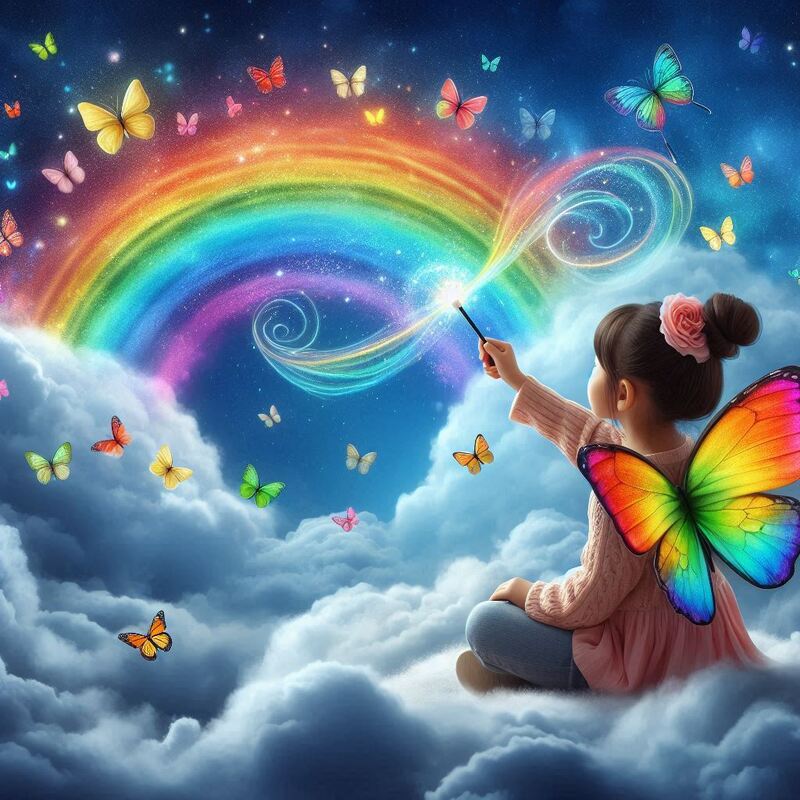
For instance, the whimsical adventures in “Alice’s Adventures in Wonderland” by Lewis Carroll invite readers to explore a realm where the impossible becomes possible. Such stories encourage readers to think creatively, consider alternative perspectives, and approach problems with an open mind.
Imagination also allows readers to envision themselves in different roles and scenarios, fostering empathy and emotional intelligence. By experiencing the joys, fears, and challenges of the characters, readers develop a deeper understanding of their own emotions and the experiences of others.
Fairy Tales in the Modern World
The Transformative Power of Fairy Tales
Despite their ancient origins, fairy tales continue to hold relevance in the modern world. Contemporary retellings and adaptations breathe new life into these classic stories, addressing current social issues and reflecting modern values. These updated versions often incorporate themes of empowerment, diversity, and social justice, ensuring that the timeless wisdom of fairy tales resonates with today’s audiences.
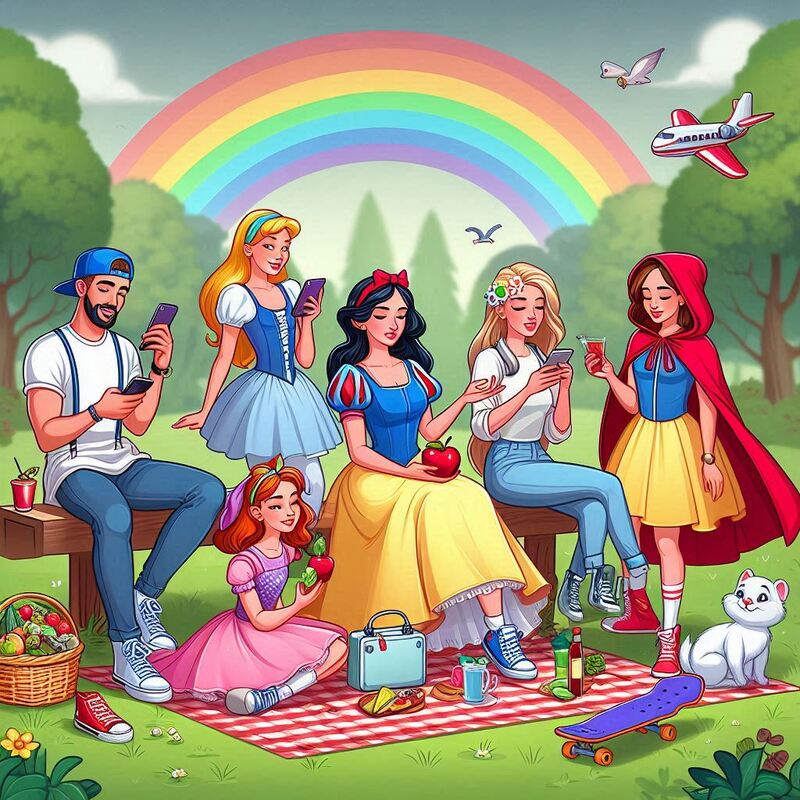
For example, recent adaptations of “Cinderella” often emphasize themes of independence and self-reliance, portraying the protagonist as a strong, capable individual rather than a passive damsel in distress. Similarly, the story of “Mulan” has been reimagined to highlight themes of gender equality and courage, appealing to contemporary sensibilities.
Moreover, fairy tales are increasingly used as educational tools, teaching children about ethics, empathy, and critical thinking. Educators and parents recognize the value of these stories in nurturing moral development and fostering a love of reading.
The Therapeutic Value of Fairy Tales
The Transformative Power of Fairy Tales
Fairy tales also possess therapeutic value, offering comfort and guidance during times of difficulty. The clear moral structure and eventual resolution of conflicts provide a sense of order and hope, particularly for those facing personal challenges. Psychologists and therapists often use fairy tales in therapeutic settings to help individuals process emotions, confront fears, and explore their own narratives.

For instance, the tale of “Hansel and Gretel” can be used to address themes of abandonment and resilience, helping individuals cope with feelings of loss and uncertainty. Similarly, the story of “Rapunzel” might be used to explore issues of confinement and liberation, offering a framework for discussing personal boundaries and the desire for freedom.
These therapeutic applications demonstrate the profound impact of fairy tales on emotional and psychological well-being. By offering a safe space for reflection and exploration, these stories facilitate healing and personal growth.
Conclusion
The transformative power of fairy tales lies in their unique ability to blend magic with moral lessons, creating narratives that captivate the imagination and inspire personal growth. Through their rich tapestry of characters, settings, and themes, fairy tales impart timeless wisdom and ethical guidance, fostering a deeper understanding of ourselves and the world around us.
As we continue to share and reinterpret these enchanting stories, we ensure that their magic endures, offering comfort, inspiration, and hope to future generations. In a rapidly changing world, the enduring appeal of fairy tales reminds us of the universal truths that bind us together, illuminating the path to a brighter, more compassionate future.
The Transformative Power of Fairy Tales
